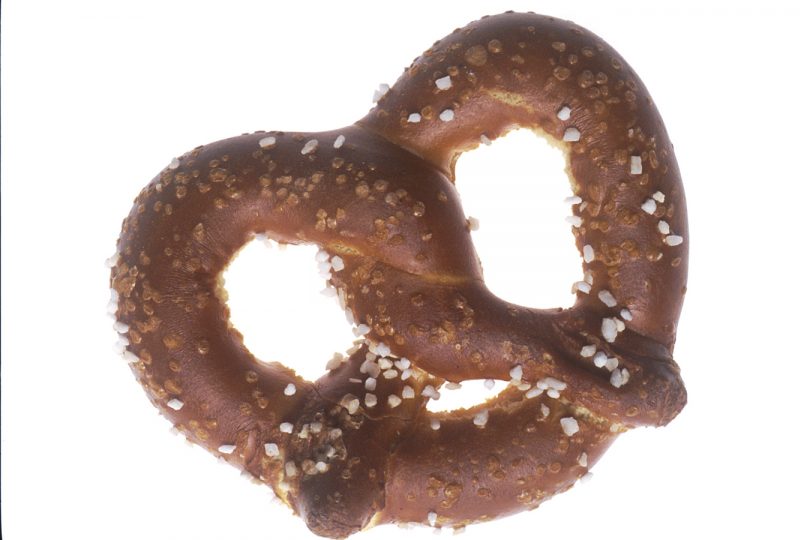Written by Jill Weisenberger, MS, RDN, CDE, FAND
Think again. Which has more sodium: 1-ounce serving of salted nuts or ½-cup serving of instant chocolate pudding? Though the nuts taste much saltier, the sodium content of the pudding is actually three times higher.
Too much sodium raises your blood pressure, increases your risk of both stroke and coronary heart disease and may contribute to osteoporosis, kidney stones and stomach cancer. Don’t let a mild or even bland taste trick you into thinking a food is low sodium. Many mild-tasting foods are very in sodium. You’ll need to look at food labels, websites and apps to know how much sodium you’re swallowing.
When the salt is cooked into the food – like in bread and pudding, the taste is hidden more than when it’s sprinkled on top. Here are some examples that may surprise you.
| FOOD | SODIUM (mg) | FOOD
|
SODIUM (mg) |
| Sbarro Meat Delight slice | 1170 | Instant pudding 1/2 c | 450 |
| 6-inch turkey sub | 1020 | American cheese 1-oz | 390 |
| BK Whopper | 910 | McDonald’s Large fries | 350 |
| Soy sauce
1 TBSP |
879 | Instant oatmeal 1pk | 270 |
| Hot dog | 800 | Fruit yogurt 1 c | 160 |
| Healthy Choice Frozen meal | 600 | Salted peanuts, 1/4 c | 160 |
| Large plain bagel | 460 | McDonald’s small fries | 160 |
You can find the sodium content of most foods at the USDA National Nutrient Database.
Hiding the saltshaker isn’t enough to reduce sodium since most of the sodium we consume comes from restaurant foods and packaged foods. Scratch cooking is one way to cut back on sodium. Eating lots of fruits and vegetables offers a double benefit. Not only are they naturally low in sodium, they are a great source of potassium, and that helps blunt the effects of excess sodium.
What are some of your favorite ways to trim sodium from your plate?

